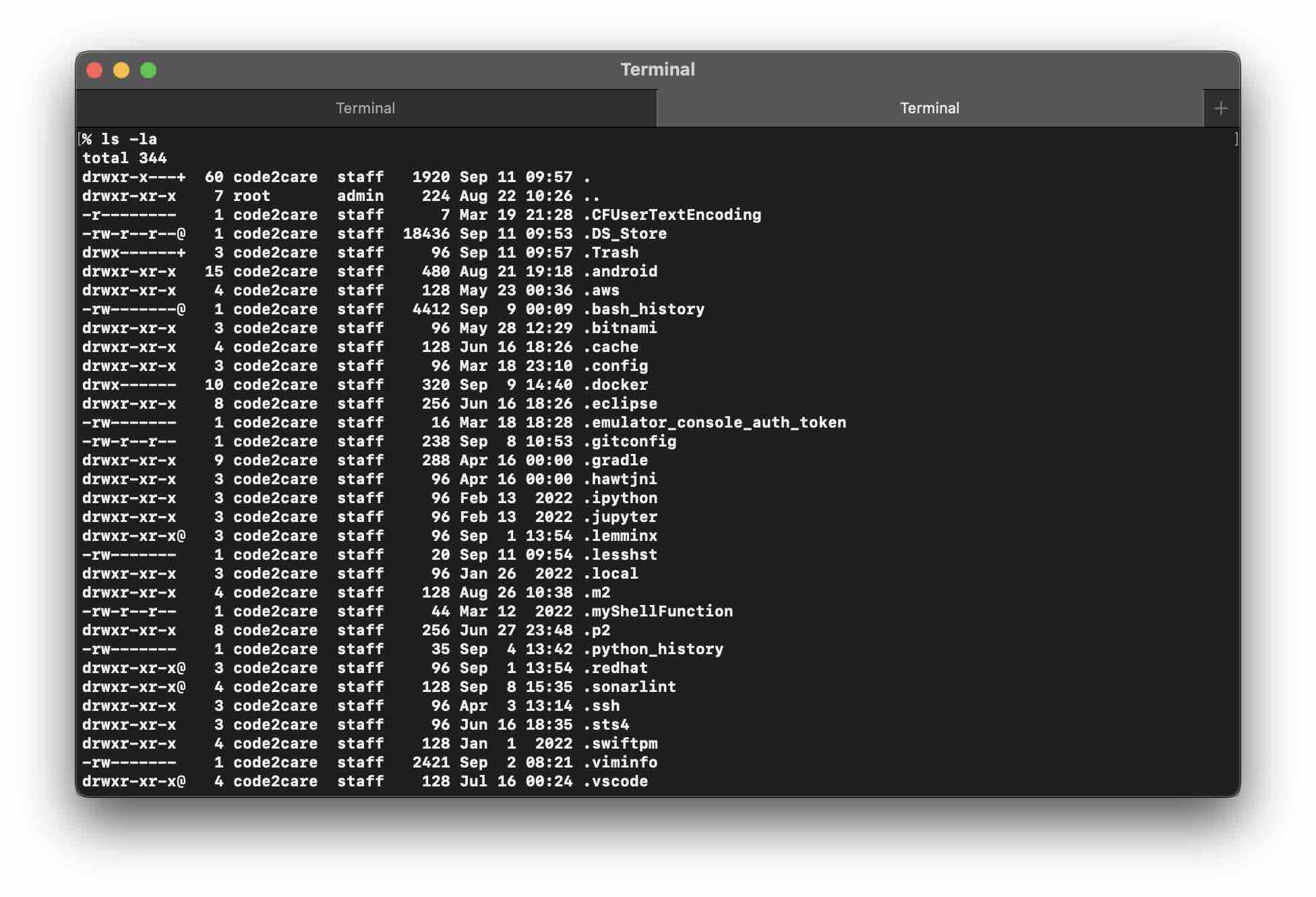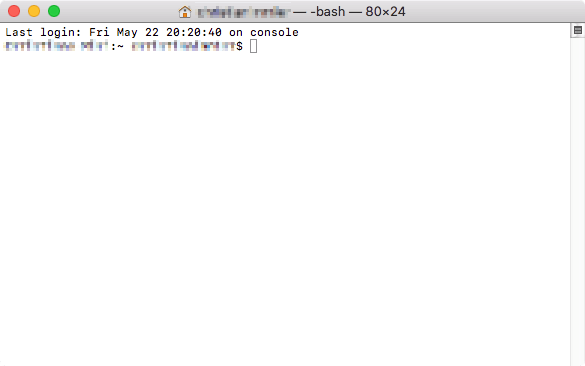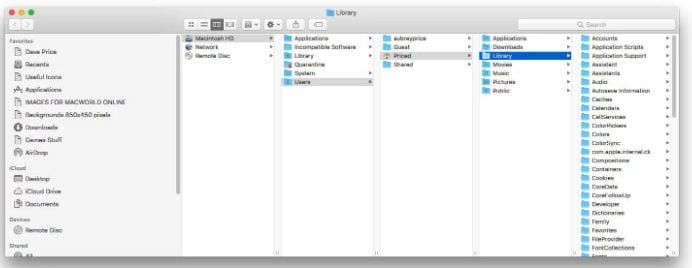

- #VIEW HIDDEN FILES MAC TERMINAL HOW TO#
- #VIEW HIDDEN FILES MAC TERMINAL FOR MAC#
- #VIEW HIDDEN FILES MAC TERMINAL INSTALL#
- #VIEW HIDDEN FILES MAC TERMINAL SOFTWARE#
In this case, Macube Cleaner must be your best helper because it's can easily show hidden folders and files on Mac. If you want to delete hidden files, such as caches or residual files of uninstalled apps, it can be tiring to view and to find various hidden files and folders on Mac. What's more, too much files and folders showing up on the Finder will look like a mess in users' eyes.Ĥ Ways to Show and View Hidden Files on Mac 1. The answer is simply to keep the files secure, in case that ordinary users may delete some system files by mistake, as many the hidden files are important, even essential to a certain app or to the macOS to run. What's more, some apps allow users to hide regular files, say to protect privacy, but sometimes users forget where they hide the files and now want to unhide the files.
#VIEW HIDDEN FILES MAC TERMINAL SOFTWARE#
The reasons why users want to show hidden folders or files on Mac are usually that they need to delete or view the system files or app data to fix software problems or make change on the computer. htaccess are the hidden folders and files on Mac that most users want to access. The folders, such as ~/Library, /usr, /bin, and the files like. For Apple, it hides the important files for the macOS system and apps to run, for example preferences, caches, logs, etc. Like visible files, hidden files take up memory space and can be edited or deleted, except that they are invisible to users.Īlmost every computer system hides some files and folders from users.
#VIEW HIDDEN FILES MAC TERMINAL HOW TO#
So what are hidden files on Mac and how to view hidden files? What's more, can I delete hidden files to troubleshoot problems on Mac? Read on to find the answer!
#VIEW HIDDEN FILES MAC TERMINAL FOR MAC#
You can also use the professional data recovery software for Mac to recover hidden files on Mac as well as retrieve deleted/ lost files on Mac or other storage devices with ease.MacOS will hide some files and folders from users. This post introduces three ways to help you show hidden files on Mac Mojave/Catalina/High Sierra.

Select a destination and click Save button to store the recovered files to a new location. You can browse the scan result to find your needed files and click Recover button.

deleted/lost/hidden files are displayed in the scan result window. This smart data recovery software for Mac will start scanning all the data on the selected drive. Next you can choose the hard drive or location where you want to scan for lost/deleted/hidden files, and click Scan button. You can choose Recover Everything, or customize the scan to choose Documents, Videos, Photos, Audio or Emails based on your own need. Then you can select what types of files you want to scan and recover, and click Next. Step 1. You can launch Stellar Data Recovery for Mac to enter into its main interface.
#VIEW HIDDEN FILES MAC TERMINAL INSTALL#
Go to MiniTool download center to download and install the 100% clean Stellar Data Recovery for Mac, and use it to recover deleted/lost/hidden files on your Mac computer. You can also use it to repair corrupt files after recovery. It even supports restoring data from a crashed Mac and recovering data from a corrupted or formatted hard drive.Īnother big merit of this Mac data recovery program is that it also includes a video repair and photo repair function. You can use Stellar Mac Data Recovery to recover any kind of file on Mac computer, external hard drive, USB flash drive, SD card, memory card, SSD, and more. Stellar Data Recovery for Mac, a top data recovery program for macOS 10.7 and higher, enables you to easily recover lost, deleted or hidden files from Mac hard drive and external drives in 3 simple steps. Read More How to Recover Deleted/Lost Files and Recover Hidden Files on Mac


 0 kommentar(er)
0 kommentar(er)
